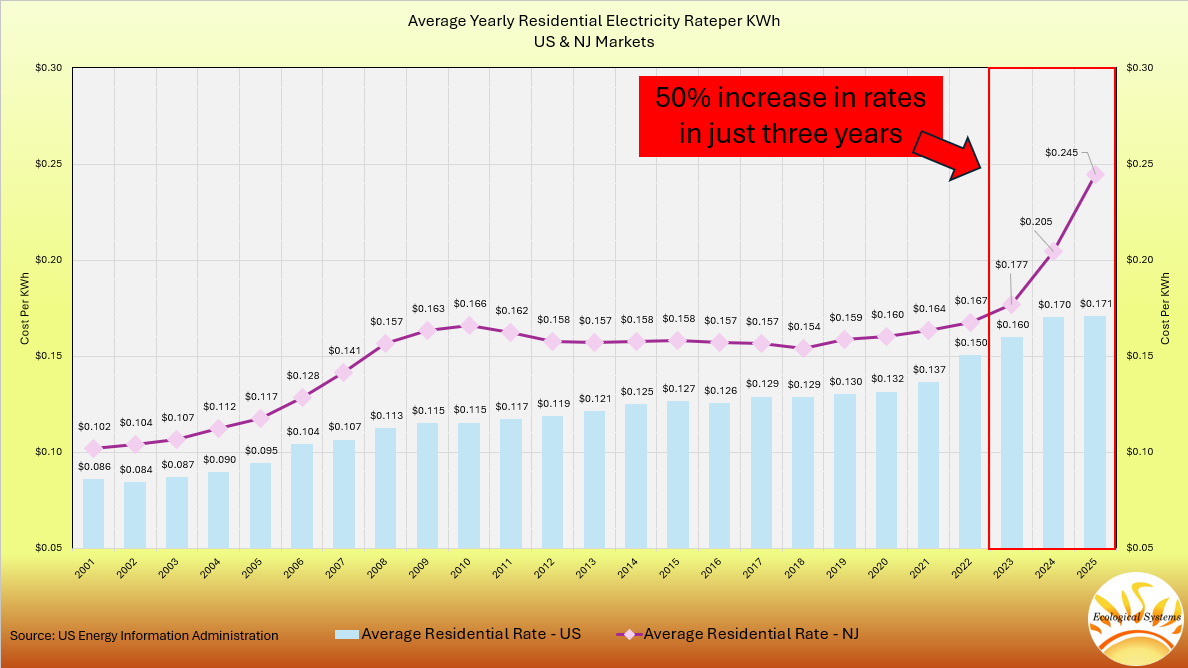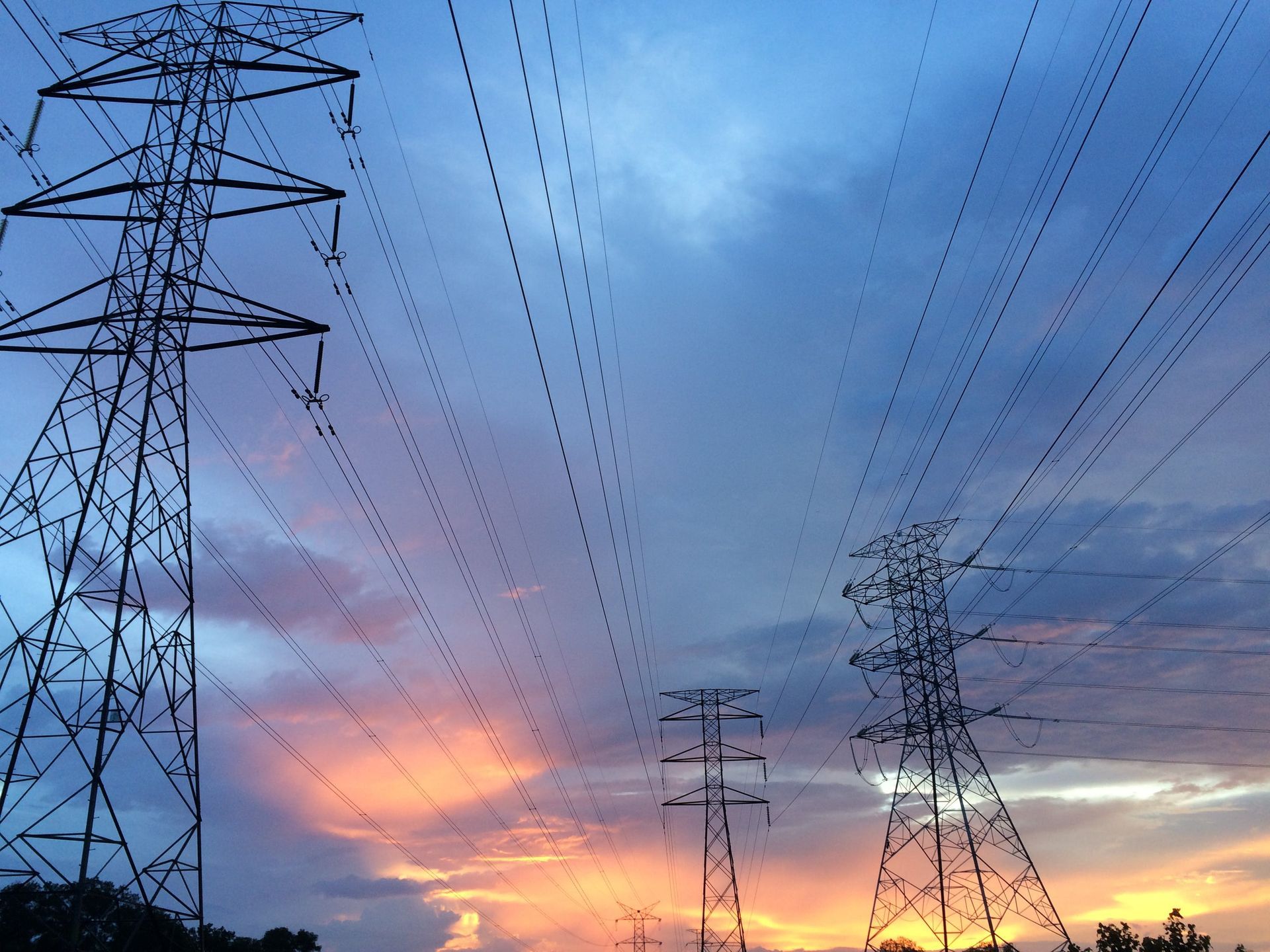Sustaining Momentum: Navigating Economic, Policy, and Public Opinion Dynamics in the Solar Industry
This is a subtitle for your new post
Sustaining Momentum: Navigating Economic, Policy, and Public Opinion Dynamics in the Solar Industry
In the global pursuit of sustainable energy solutions, the solar industry stands as a beacon of hope amidst escalating environmental concerns and volatile energy markets. Its growth trajectory, however, is subject to the intricate interplay of economic factors, policy changes, and public opinion. In this comprehensive analysis, we delve into the multifaceted landscape of the solar industry, exploring how economic dynamics, policy shifts, and public sentiment shape its trajectory. Moreover, we underscore the imperative of maintaining high-quality work to bolster public trust and capitalize on government incentives for sustained industry growth.
Economic Factors: Navigating Market Volatility
The solar industry operates within the contours of a dynamic economic landscape, wherein fluctuations in interest rates and electricity costs exert significant influence on consumer behavior. Higher interest rates can dampen the affordability of solar installations, deterring potential adopters and stalling industry growth. Conversely, lower interest rates can stimulate investment in solar projects, driving demand and fostering market expansion. Similarly, escalating electricity costs may incentivize consumers to explore alternative energy sources like solar power, seeking to mitigate long-term energy expenses and reduce reliance on traditional grid systems. Understanding and adapting to these economic nuances is paramount for sustaining the momentum of the solar industry and ensuring its resilience in the face of market volatility.
Policy Changes: Paving the Path Forward
The regulatory framework governing the solar industry is subject to constant evolution, with policy changes exerting profound impacts on market dynamics. Net metering, which allows solar users to sell excess energy back to the grid, has been a cornerstone of incentivizing solar adoption. However, its future remains uncertain in the face of shifting political landscapes and utility interests. Similarly, federal tax credits have played a pivotal role in driving solar deployment, yet their expiration or reduction could undermine consumer incentives and impede industry growth. Conversely, initiatives like the Solar for All Program herald a new era of inclusivity, aiming to expand solar deployment and ensure equitable access to residential solar installations, particularly in underserved communities. Navigating these policy intricacies demands vigilance, adaptability, and active engagement in shaping regulatory agendas to foster industry growth while advocating for equitable and sustainable policies.
Public Opinion: Upholding Trust through Quality Assurance
As solar power garners increasing attention as a viable alternative to traditional energy sources, the preservation of public trust emerges as a linchpin for sustained industry viability. High-quality workmanship and adherence to stringent industry standards are indispensable in bolstering consumer confidence and dispelling apprehensions surrounding solar technology. Instances of subpar installations or ethical lapses not only undermine public trust but also impede broader adoption efforts and tarnish the industry's reputation. Thus, prioritizing quality assurance, transparency, and consumer education is not merely a moral imperative but a strategic imperative for safeguarding the industry's credibility and fostering long-term sustainability. By prioritizing integrity and excellence in every facet of operations, industry stakeholders can fortify public trust and cultivate a culture of accountability within the solar sector.
Government Incentives: Leveraging Support for Growth
Government incentives wield considerable influence in shaping the trajectory of the solar industry, serving as catalysts for adoption and market expansion. Programs like the Solar for All initiative not only drive solar deployment but also enhance energy security and foster socioeconomic inclusivity. By leveraging these incentives and advocating for supportive policies, industry stakeholders can capitalize on governmental support to propel sustained growth and innovation within the solar sector. Moreover, strategic partnerships with policymakers, advocacy groups, and community stakeholders can amplify the industry's voice and influence policy decisions that prioritize sustainability, equity, and long-term resilience. By aligning interests and forging collaborative pathways forward, the solar industry can harness the full potential of government incentives to accelerate its transition to a cleaner, more sustainable energy future.
In navigating the complex nexus of economic, policy, and public opinion dynamics, the solar industry stands at a critical juncture poised for transformative growth. By remaining attuned to market fluctuations, advocating for conducive policy frameworks, and upholding unwavering commitment to quality, industry stakeholders can sustain the momentum of solar adoption and pave the path towards a more sustainable future. Moreover, by harnessing government incentives and prioritizing inclusivity, the solar industry can transcend barriers and emerge as a beacon of hope in the global pursuit of clean energy solutions. As we embark on this journey towards a brighter, more sustainable tomorrow, let us heed the call to action and forge ahead with unwavering determination, collaboration, and resolve. Together, we can harness the power of the sun to illuminate the path towards a greener, more prosperous future for generations to come.




Illuminating Communities: The Social Benefits of Distributed Photovoltaic Solar Arrays in New Jersey
Business Hours
- Mon - Fri
- -
- Sat - Sun
- Appointment Only
All Rights Reserved | Ecological Systems LLC | Privacy Policy






Share On: